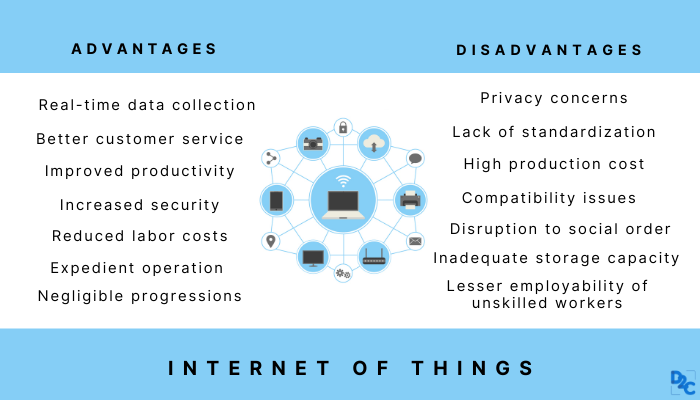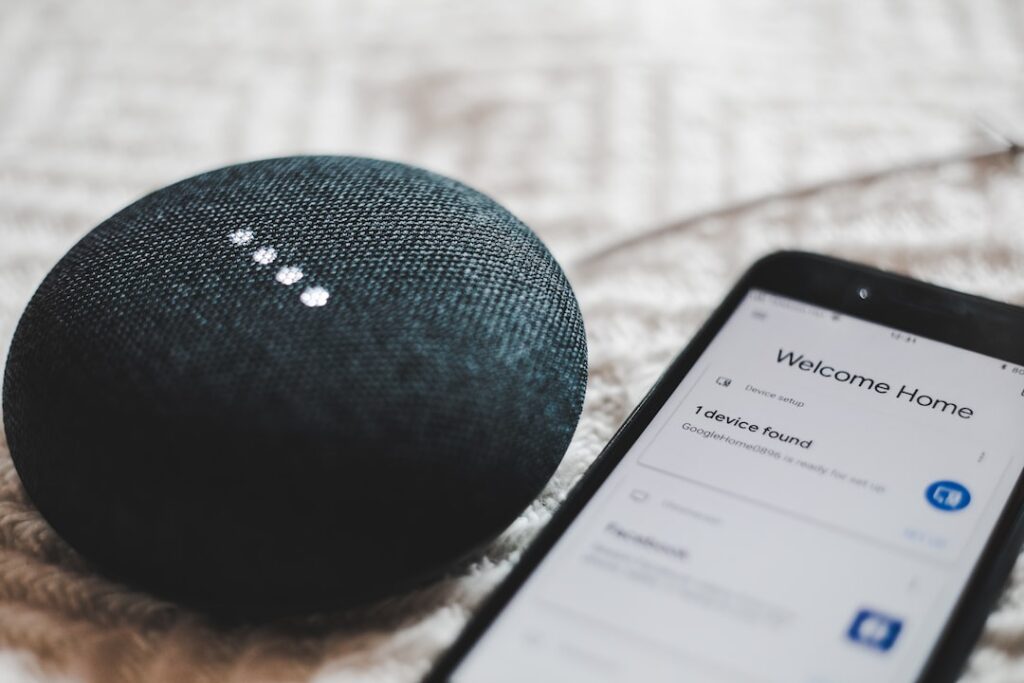In the age of connected businesses, network security is paramount. IoT devices pose a vector of vulnerability to attacks. So it’s important to ask: do all IoT devices need protection?
The answer is a resounding yes—all IoT devices should be protected from malicious attacks that could potentially lead to data theft or other security issues.
We’ll discuss what an IoT device is and why it needs protection, explore some of the risks associated with these types of devices, look at how you can protect your network, and examine best practices for securing your network against threats. Let’s answer together: do all IoT devices need protection?
Table of Contents
What Is an IoT Device?
An Internet of Things (IoT) device is a physical object that can connect to the internet and exchange data with other connected devices.
These devices are typically equipped with sensors, processors, memory, and communication hardware that allow them to collect and transmit data over a network. This data can then be used for various purposes such as monitoring systems or control processes.
Examples of IoT Devices
Some common examples of IoT devices include smart thermostats, security cameras, home automation systems, wearable fitness trackers, medical equipment monitors, industrial robots, autonomous vehicles, and more.
Smartphones are also considered an IoT devices since they have many features such as GPS tracking capabilities which enable them to communicate with other connected devices.
Additionally, voice-activated virtual assistants like Amazon Alexa or Google Home are also considered part of the larger “Internet of Things” ecosystem due to their ability to interact with other connected objects in your home or office environment.
Benefits of Using IoT Devices
IoT devices are becoming increasingly popular in today’s world. They have the potential to revolutionize our lives and provide us with a variety of benefits.
Here are some of the key advantages that come with using IoT devices:
Improved Efficiency
Using IoT devices can help improve efficiency by automating tasks, such as controlling lights or thermostats remotely, scheduling maintenance activities, and collecting data from sensors.
This can save time and money while also reducing energy consumption.
Better Security
IoT devices can be used to monitor security systems more effectively than traditional methods. For example, they can detect intruders before they enter a building or alert authorities if there is an emergency.
Additionally, many IoT devices use encryption technology to protect user data from being accessed by unauthorized parties.
Increased Connectivity
The ability to connect multiple smart devices allows users to control them remotely from anywhere in the world via their smartphones or computers.
This makes it easier for people to stay connected with their businesses even when they’re away on meetings and business trips.
Cost Savings
Many IoT solutions offer cost savings due to reduced energy usage and improved operational efficiency.
Additionally, some companies may even offer discounts for customers who opt-in for certain types of services provided through their IoT platform which could further reduce overall costs associated with operations.
Overall, utilizing IoT technology has become increasingly important in today’s society due to its wide range of benefits. IoT devices are becoming increasingly popular due to their ability to improve efficiency and productivity.

(Source)
What Are the Risks Associated with IoT Devices?
The risks associated with IoT devices are real and should not be taken lightly. Security risks, privacy risks, and data breaches or cyberattacks can all occur when using these connected devices.
Do all IoT devices need protection? Yes, especially in the face of these risks.
Security Risks
Security is a major concern for anyone who uses an IoT device. Some IoT device security protocols are weak and make them vulnerable to attack by hackers or malicious software.
Additionally, many of these devices lack basic authentication features such as two-factor authentication or password protection which can leave them open to exploitation from outside sources. It’s important to ensure your home network is secure before connecting any IoT device to it to protect yourself from potential threats.
Privacy Risks
Privacy concerns also arise when using an IoT device because they are constantly collecting data about their users’ activities and habits without their knowledge or consent.
This data could potentially be used for marketing purposes or even sold off to third parties without the user’s permission, leaving them vulnerable to identity theft and other forms of fraud if it falls into the wrong hands. Users of these devices need to understand what kind of information they are sharing and how it might be used before agreeing to use an IoT device in their business environment.
Data Breaches and Cyberattacks
Data breaches involving personal information stored on connected devices can lead not only to financial losses but also reputational damage if sensitive customer information is exposed through a breach in security.
In addition, cybercriminals may target specific companies by exploiting vulnerabilities within their networks to gain access to valuable company secrets or intellectual property. This could then be used against them competitively down the line if left unchecked.
Do All IoT Devices Need Protection?
IoT devices are becoming increasingly popular in workplaces, but they can also be vulnerable to security risks. Do all IoT devices need protection? Yes, and here are some of the steps to secure your devices.
Use Strong Passwords
To protect your IoT devices from potential threats, it’s important to use strong passwords and change them regularly. This will help ensure that only authorized users have access to the device.
Additionally, you should install security software on all of your connected devices and keep them up-to-date with the latest patches and updates.
Disable Unnecessary Features
Another way to protect your IoT devices is by disabling unnecessary features or services on your network router or modem. This will reduce the attack surface for malicious actors who may try to gain access through open ports or services that are enabled by default on some routers or modems.
Use Encryption
Finally, using encryption is another great way to secure data transmissions over Wi-Fi networks when connecting IoT devices such as smart appliances, cameras, and door locks, which could otherwise be vulnerable if left unencrypted. Encryption helps ensure that data transmitted between two points remain hidden even if intercepted by a third party while in transit across the internet connection.
By following these best practices for securing your home network and protecting your IoT devices against potential threats, you can rest assured knowing that both your and your family’s privacy are safe online.
What Are the Benefits of Protecting Your IoT Devices?
Now we know that the answer to “do all IoT devices need protection” is yes, let’s look at the upsides of securing your devices.
Protecting your IoT devices is essential for ensuring the security and privacy of your data. Improved security and privacy protection are two of the primary benefits of taking steps to secure your connected devices. By using strong passwords, installing security software, and keeping all software up-to-date on connected devices, you can reduce the risk of data breaches or cyberattacks.
Protect Against Unauthorized Access
Strong passwords help protect against unauthorized access to accounts associated with an IoT device. It’s important to use unique passwords for each account as well as regularly change them to keep them secure.
Protect Against Malicious Attacks
Installing anti-virus and other types of IoT security software on all connected devices will also help protect against malicious attacks by identifying any suspicious activity or potential threats before they can cause harm. Additionally, disabling unnecessary features or services on routers or modems can prevent attackers from gaining access through these points into a home network.
Secure Data
Using encryption technology is another way to ensure that any data transmitted over Wi-Fi networks remain secure from outside interference. Encryption scrambles data so that it cannot be read without a key which helps protect information. Keeping all software up-to-date on every device is also critical since outdated versions may contain vulnerabilities that could be exploited by hackers looking for ways into a system.
Conclusion
Do all IoT devices need protection? All IoT devices need protection to ensure their security and the safety of your home network. By following best practices for securing your home network and protecting your IoT devices, you can help protect yourself from potential cyber threats.
Maintaining secure IoT devices is essential to prevent malicious actors from accessing sensitive data or taking control of connected systems. Do not forget that all IoT devices need protection – no matter how small they may be.





